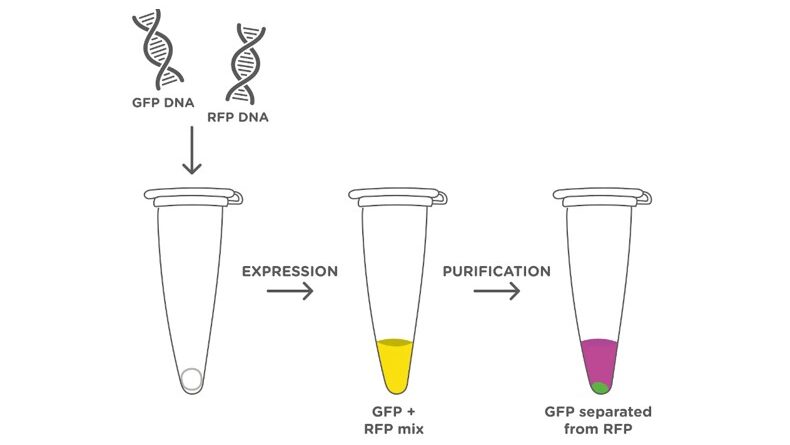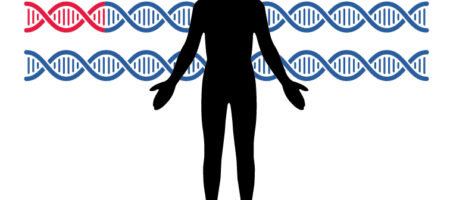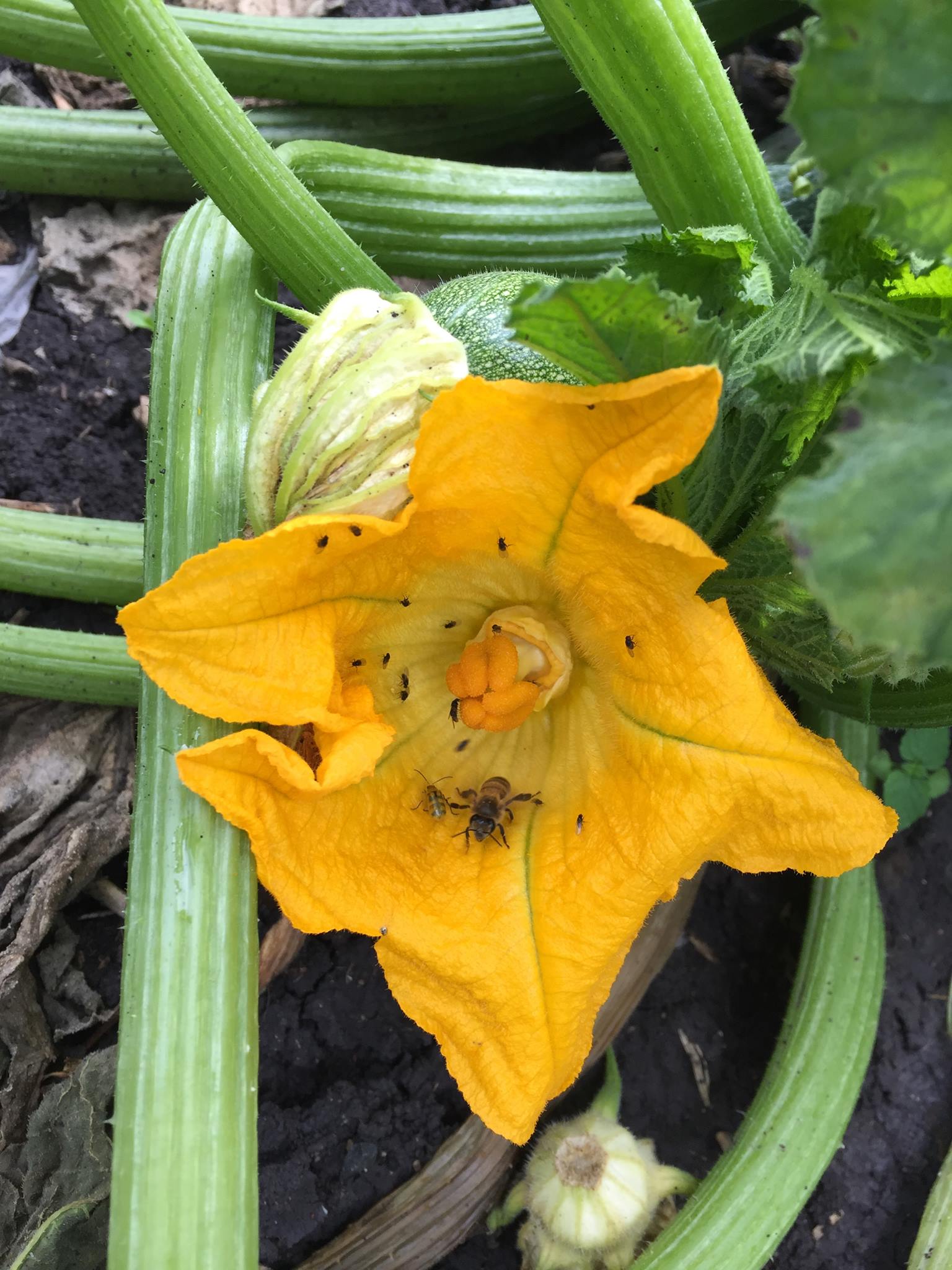Magnetic vs. column protein purification: What’s the difference?
Protein purification is an essential biotech method, but traditional column chromatography protocols tend to require a lot of class time and can be prohibitively expensive in an educational setting. Magnetic protein purification is a classroom-friendly alternative!
Magnetic vs. column purification of proteins
Many protein purification methods rely on beads designed to separate proteins based on size, charge, or binding affinity to a specific ligand.
In column purification, a protein mixture is added to a column packed with beads. As the protein solution flows through the column, molecules that interact more strongly with the beads will travel more slowly through the column.
In magnetic purification, a protein mixture is added to a tube containing free-floating magnetic beads. A magnet pulls the beads and whatever is bound to them to the bottom of the tube, and the unbound molecules are pipetted out of the tube, separating different components.
While the architecture between the two purification methods is slightly different, the principle is the same: the protein of interest binds specifically to a molecule coating a bead, allowing it to be separated from all the other unbound molecules. Then, the protein of interest is released from the beads and collected.
Advantages of magnetic purification in a classroom setting
- Speed: Magnetic purification is significantly faster than column chromatography. Separation can be achieved in minutes compared to the hour-long runs typical of column chromatography, where the protein mixture drips through a column.
- Cost-effectiveness: Magnetic beads cost less than pre-packed beads in chromatography columns. These free-floating magnetic beads also allow you to scale down the size of the purification reaction reducing costs even further because you don’t need as much starting protein.

Magnetic protein purification offers a powerful and accessible way to introduce students to this essential biotech method. Check out our Protein Expression and Purification Lab today!
Related resources:










